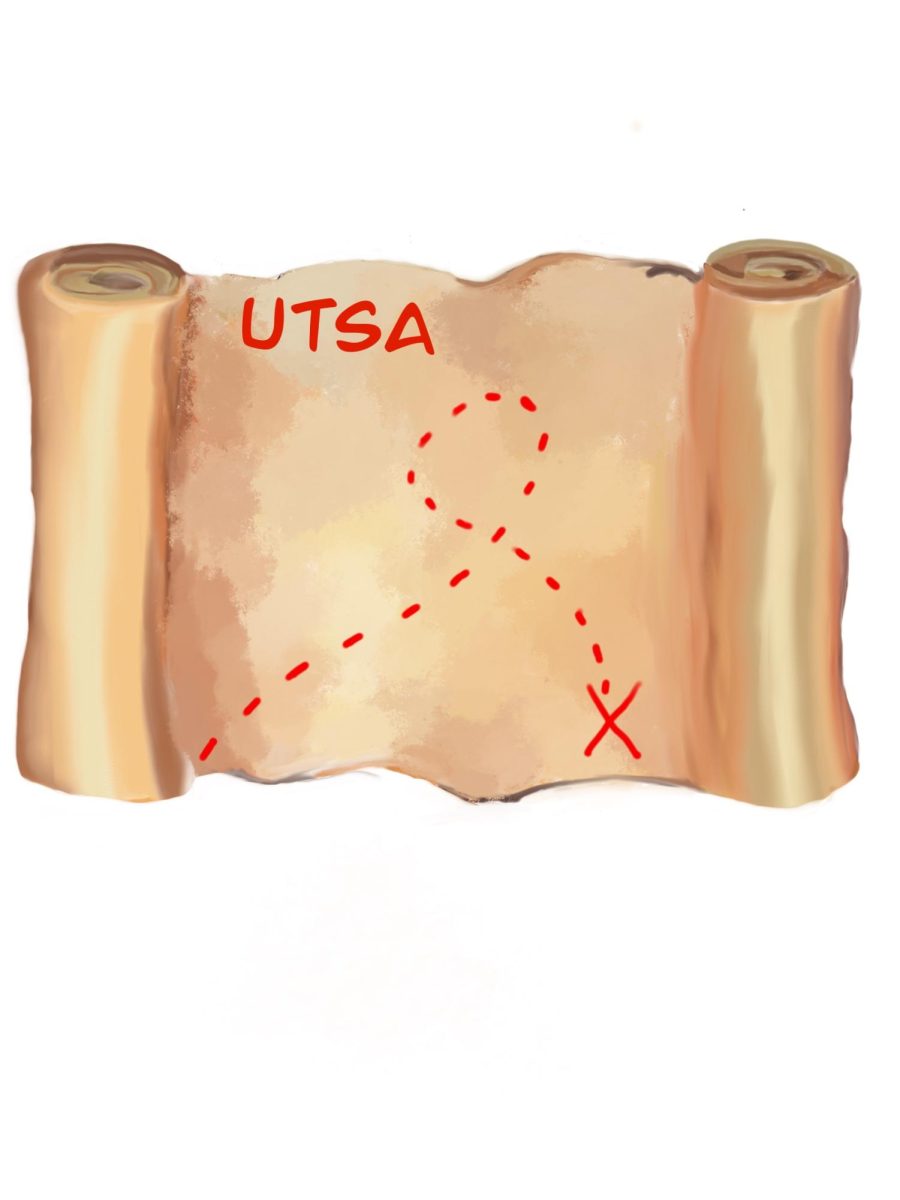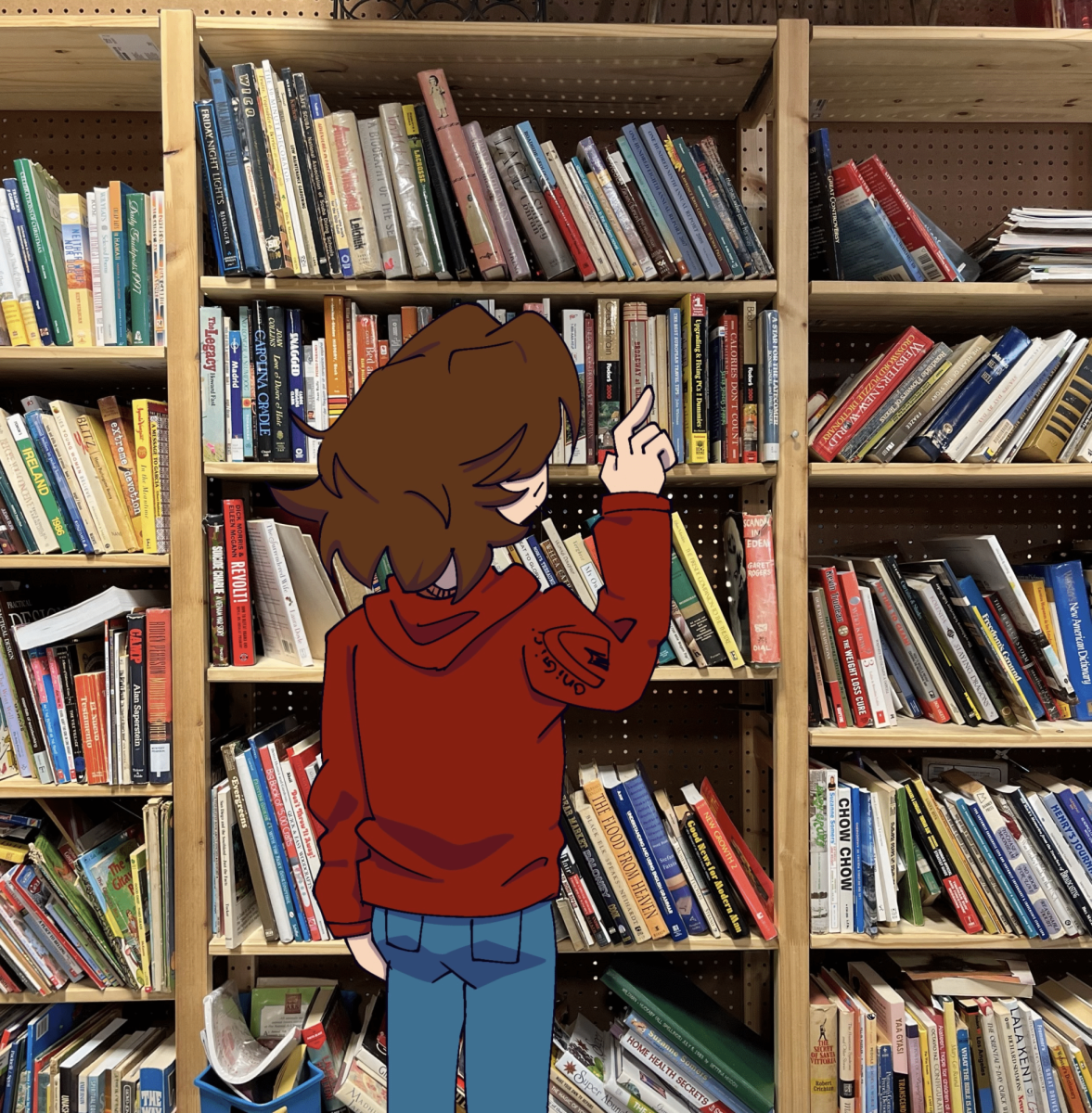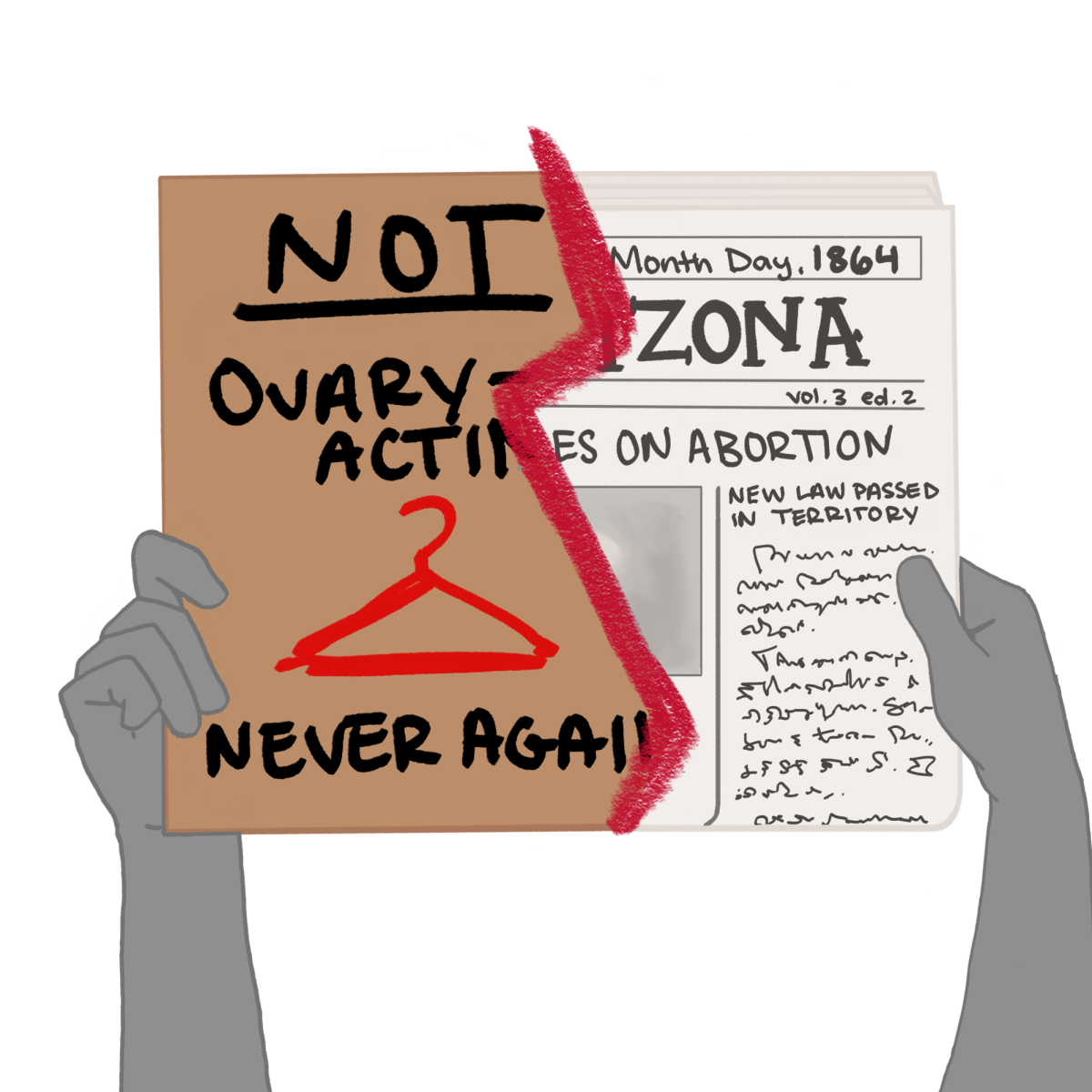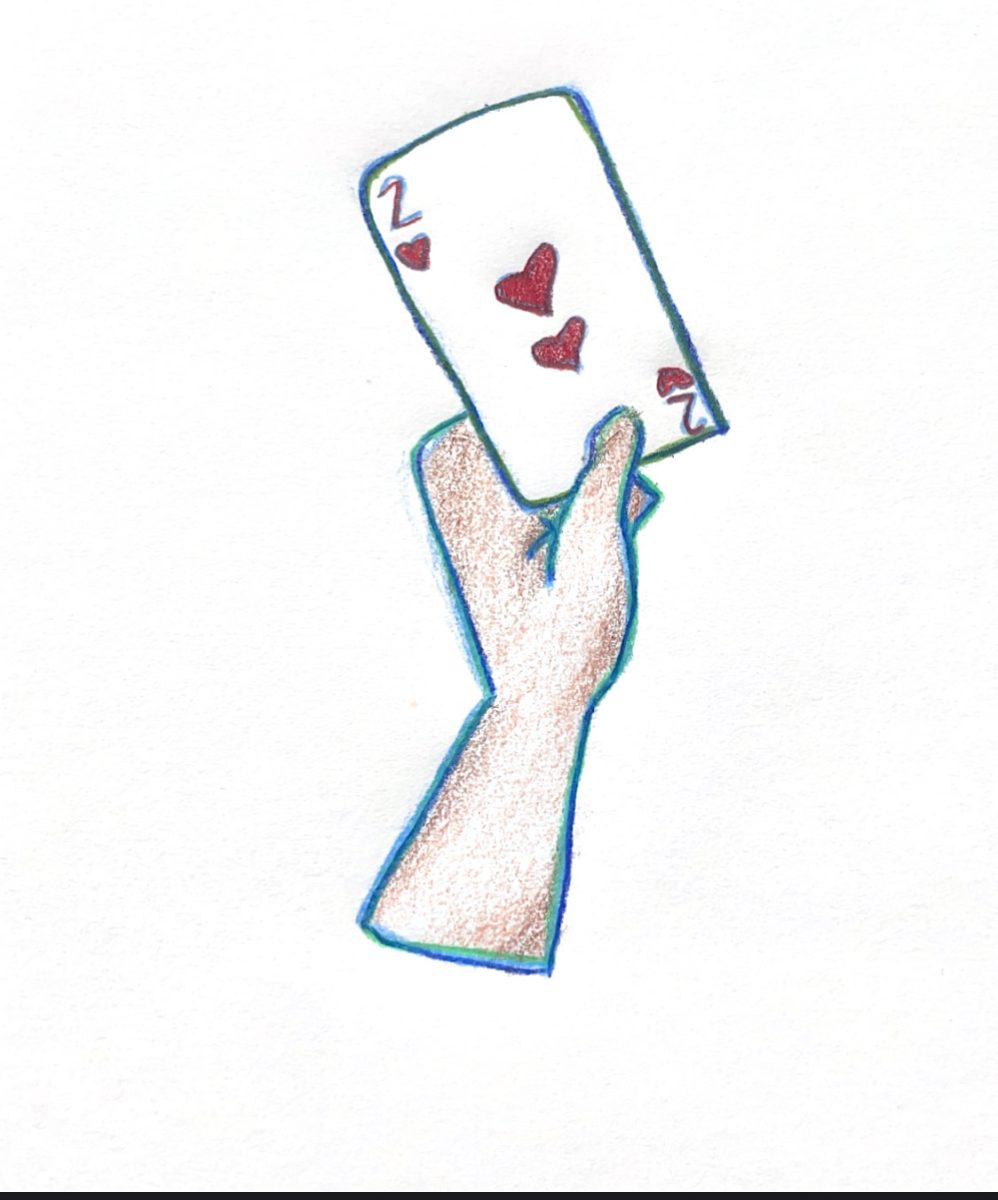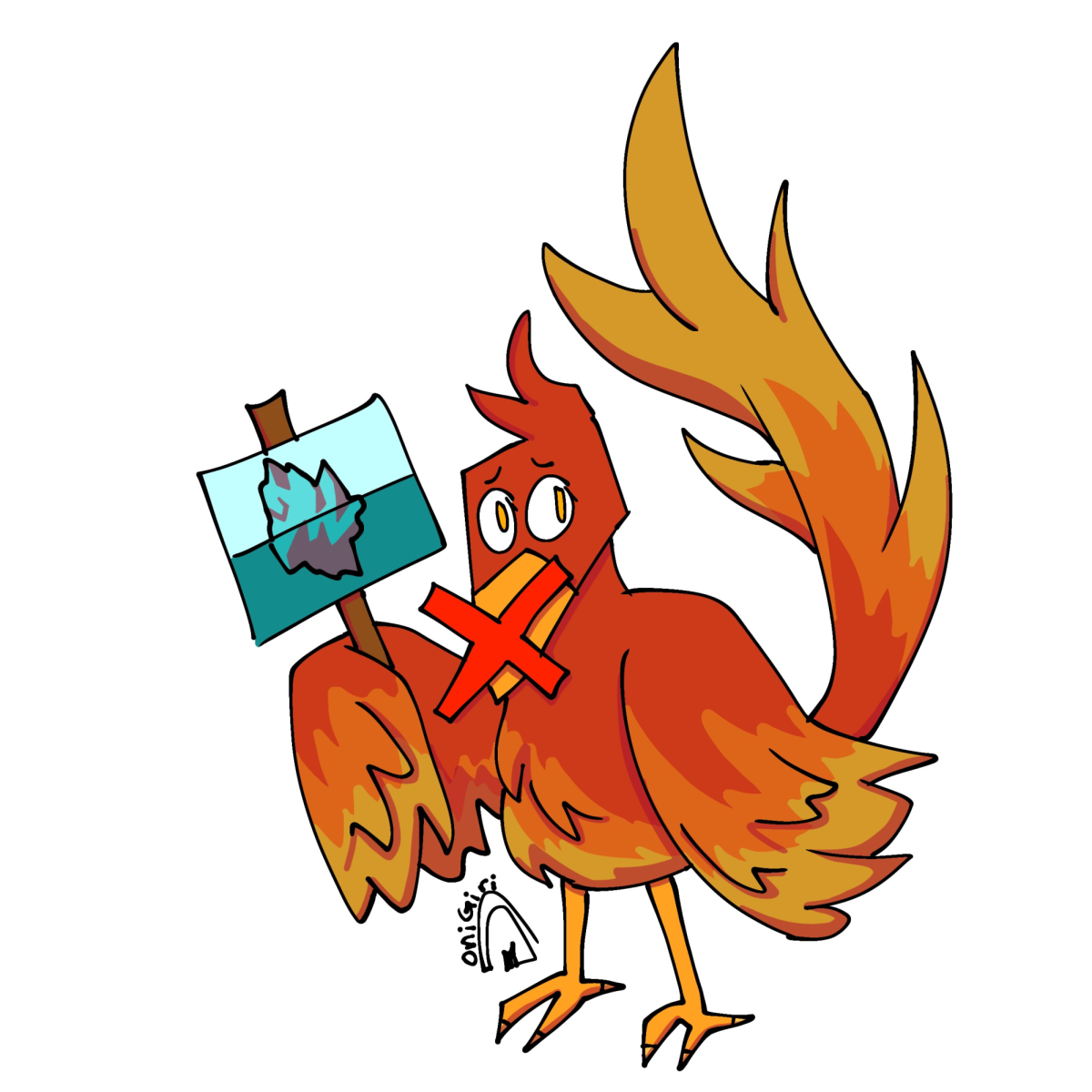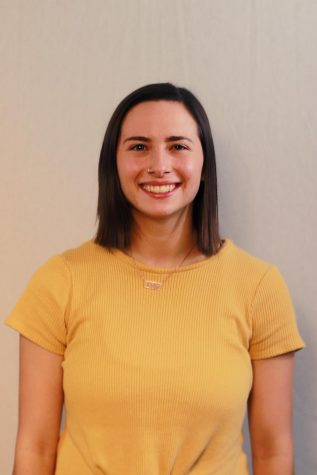To increase sexual violence awareness, UTSA’s Prevention, Education, Advocacy, Consultation and Empowerment Center hosted a screening of the HBO documentary “At The Heart of Gold.” The documentary shared stories of over 150 brave women who made the choice to come forward about the abuse they endured for years by Larry Nassar, the official trainer for USA Gymnastics. The film’s screening plays an important role in the process of dismantling rape culture and the stigma surrounding sexual abuse on college campuses. The system undoubtedly failed these innocent women by allowing an antiquated narrative to influence those in positions of authority. Denied, shamed and dismissed by deplorable people like Kathie Kages, a former coach, the gymnasts persisted and their voices were finally heard.
Knowledge of Nassar’s abuse became public when Rachael Denhollander, former Michigan gymnast, shared her story with “The Indianapolis Star.” “The Indianapolis Star’s” investigation of sexual misconduct allegations against gymnastics coaches across the country sparked this accusation and USA Gymnastics’ neglect of these allegations. Denhollander saw an opportunity to be believed about her abuse, as did another former gymnast who also came forward anonymously. They both contacted The Indianapolis Star, and their testimonies turned into the first public article about Nassar’s abuse.
“Over a 10-year period, USA Gymnastics compiled sexual misconduct complaints on 54 coaches. They refused to release those files,” Tim Evans, narrator of The Indianapolis Star investigation video “Out of Balance,” reported.
But these weren’t the first accusations. Many gymnasts talked amongst each other and to their coaches and parents about Nassar’s pseudo-medical procedures. Most of the girls reassured each other that these procedures were being performed on them as well, forcing them to think that what they were enduring on a daily basis was “normal.”
Often, elite gymnasts practice upwards of 30 or 40 hours per week. Because of this, many gymnasts spend more waking hours with their coaches than their own parents. This workload can make it especially difficult for these gymnasts to return home and share their trauma incurred at practices. Those who did usually received parental support, but this support amounted to little. One unnamed former high school athlete, with the help of her mother, reported Nassar to police in 2004, but to no avail. No charges were ever filed. In fact, police forced the athlete to meet with Nassar, who blamed her for not being comfortable enough with her body to endure his “well-known” medical procedure.
Abuse in gymnastics is not only common; it is rampant. And it’s not limited to sexual abuse. Verbal and mental abuse are routine coaching tactics that produce a handful of elite-level athletes at the expense of hundreds of other gymnasts who aren’t able to cope.
Christina Troy, former acrobatic gymnast and junior English major at UTSA, experienced first-hand the effects of abusive authorities in the sport. Her story provides another perspective on the abuse acrobatic gymnasts undergo during their careers and how often they are neglected, which is similar to the situation the artistic gymnasts faced.
“The culture of gymnastics is selfless,” Troy said. “When I say ‘selfless,’ I mean you’re never working for yourself. You’re working for your coach and their athlete track record. You’re working for your parents who are financially and emotionally invested in your success. You’re working for your younger self and their dream, though the passion behind that dream was crushed after years of abuse.”
Her coach’s abuse included name-calling, yelling at athletes across the gym, neglect of athletes who weren’t performing optimally due to physical injury or an off day and constant surveillance through the gym’s security cameras. In addition, her coach had talked at length with his athletes about how they wouldn’t reach their goals because they weren’t trying hard enough. All of these experiences caused Troy to develop severe anxiety and orthorexia, an eating disorder that causes the person to only eat foods they’ve deemed “healthy.” This list of “healthy” foods tends to be extremely short and specific.
“At a few competitions, I received a score deduction for being overweight,” Troy said. “I was told by a different coach, my coach at the time, to lose weight, and so I did, but it was in a healthy way. When I switched gyms and started training under an abusive coach, I took losing weight too far. It was the only thing I could control.”
Not only did the documentary shed light on abuse in gymnastics of all realms, but it allowed its viewers to make note of what an abuser can look like. Nassar’s grooming process was mentioned frequently. His “charming personality” was simply a ploy to lure in young gymnasts and continue his abuse in secret. Many women referred to Nassar as their friend; he was the only “nice guy” around. There were also women who reported they texted Nassar daily and he knew exactly what was going on in their personal lives. Being verbally abused by their coaches every day cultivated a hostile environment, pushing gymnasts into his office and further perpetuating this vicious cycle of abuse. Nassar denied any wrongdoing and against a highly-revered Olympic trainer’s word, and these girls’ testimonies did not stand a chance.
Many of the abused gymnasts joined the #MeToo movement by tweeting the hashtag, publicly sharing their stories of abuse at the hands of Nassar or becoming an advocate against sexual abuse. “Believe women” has become a rallying cry for this movement. These athletes were believed — only after over 150 of them gathered in a courtroom to share their testimonies of abuse.
The documentary’s screening fostered a conversation about an underrepresented group of athletes and the disgusting dismissal of their voices. Audience members were astonished by the situation’s severity. The PEACE Center at UTSA serves a similar purpose. They are “a dedicated resource on campus to provide information, resources, training and advocacy for members of the UTSA community who may have been impacted by sexual misconduct, relationship violence, stalking, sexual harassment and/or gender-based discrimination.” Students need not worry about any private information being stored into a database or publicly shared, as all conversations at The PEACE Center are kept confidential. The Center is located at the Rowdy Wellness Center and is available to all UTSA members.












